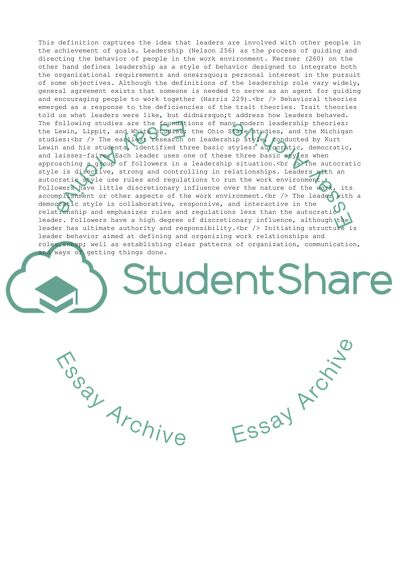Cite this document
(Main Aspects of Organisations and Behavior, The Role of Motivation and Coursework, n.d.)
Main Aspects of Organisations and Behavior, The Role of Motivation and Coursework. Retrieved from https://studentshare.org/business/1712153-module-tiltle-organisations-and-behavior-assessment-title-motivation-and-leadership
Main Aspects of Organisations and Behavior, The Role of Motivation and Coursework. Retrieved from https://studentshare.org/business/1712153-module-tiltle-organisations-and-behavior-assessment-title-motivation-and-leadership
(Main Aspects of Organisations and Behavior, The Role of Motivation and Coursework)
Main Aspects of Organisations and Behavior, The Role of Motivation and Coursework. https://studentshare.org/business/1712153-module-tiltle-organisations-and-behavior-assessment-title-motivation-and-leadership.
Main Aspects of Organisations and Behavior, The Role of Motivation and Coursework. https://studentshare.org/business/1712153-module-tiltle-organisations-and-behavior-assessment-title-motivation-and-leadership.
“Main Aspects of Organisations and Behavior, The Role of Motivation and Coursework”. https://studentshare.org/business/1712153-module-tiltle-organisations-and-behavior-assessment-title-motivation-and-leadership.


